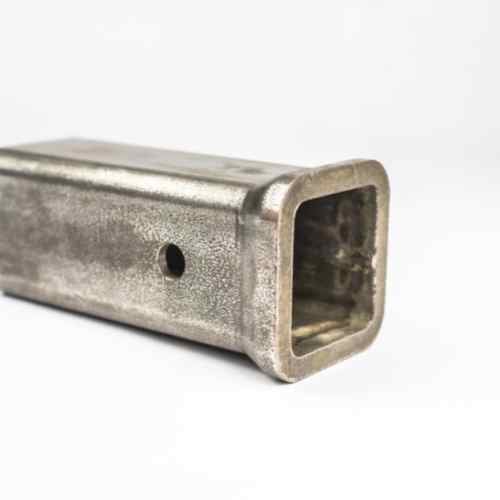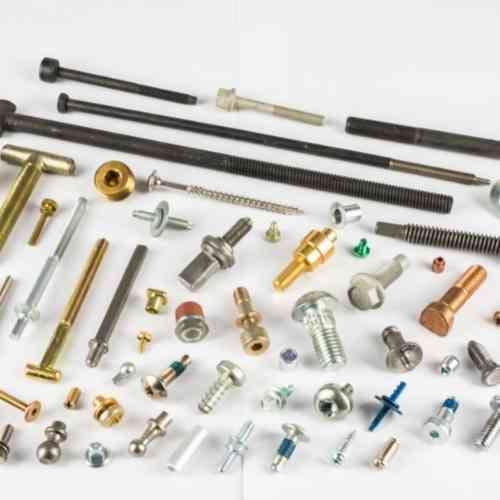

Fasteners are essential components in countless products and industries, holding everything together, from aerospace components to everyday household appliances. Cold heading stands out as a popular choice among the various methods of manufacturing fasteners.
Advantages of Cold Heading
Cold heading is a cold-forming process that involves shaping metal wire into desired fastener shapes without heating it. This method offers several distinct advantages:
Cost-Effective: Cold heading is a highly cost-effective manufacturing process, as it minimizes material waste and requires less energy than hot heading.
Increased Strength: Cold-heading fasteners are generally stronger and more durable due to the strain-hardening process during shaping.
Precision and Consistency: Cold heading ensures high precision and consistency in fastener production, ensuring tight tolerances and minimal variations.
Enhanced Grain Structure: The cold-working process enhances the material's grain structure, improving mechanical properties.
Quick Production: Cold-heading machines can produce fasteners at a high rate, making it suitable for mass production.

Disadvantages of Cold Heading
While cold heading has many advantages, it is not without its drawbacks:
Limited to Simpler Shapes: Cold heading is best suited for producing simple, symmetrical shapes. Complex fasteners often require additional machining processes.
Limited to Certain Materials: Some materials are not well-suited for cold heading due to their brittleness or other properties.
Cold Heading vs. Hot Heading
Cold heading and hot heading are two distinct methods for producing fasteners. The primary difference lies in the temperature of the starting material:
Cold Heading: Cold heading uses room temperature or slightly warmer metal wire to create fasteners. This process is suitable for materials that can withstand the cold-forming deformation.
Hot Heading: Hot heading involves heating the material to a high temperature before shaping it. This method is used for materials that are too brittle to be cold-formed.

Materials Used in Cold Heading
Cold heading is compatible with a variety of materials, including:
Steel: Carbon and stainless steel are commonly used in cold-heading fastener production.
Aluminum: Aluminum is lightweight and corrosion-resistant, making it an excellent choice for specific applications.
Copper: Copper fasteners are often used in electrical applications due to their conductivity.
Brass: Brass offers a balance of corrosion resistance and durability, making it suitable for various fastening needs.
Industries Using Cold-Headed Fasteners
Cold-headed fasteners find applications across numerous industries, including:
Automotive: Fasteners for engines, transmissions, and chassis components.
Construction: Bolts, nuts, and screws used in structural and architectural applications.
Aerospace: Critical components for aircraft and space applications.
Electronics: Small and precise fasteners for electronic devices.
Medical: Medical devices and surgical equipment often use cold-headed fasteners.
Consumer Goods: Fasteners for appliances, furniture, and everyday products.
Company address:No. 1560-2 chuangxin 2nd road, songbei district, Harbin.
Mailbox:chen@rainbowtechnology.net



No. 1560-2, 2nd chuangxin road, songbei district, Harbin.
+86-451-51066797
WhatsApp/Mobile : +86-18604505477




